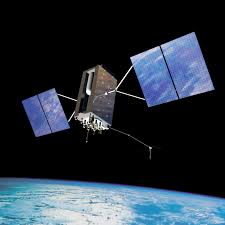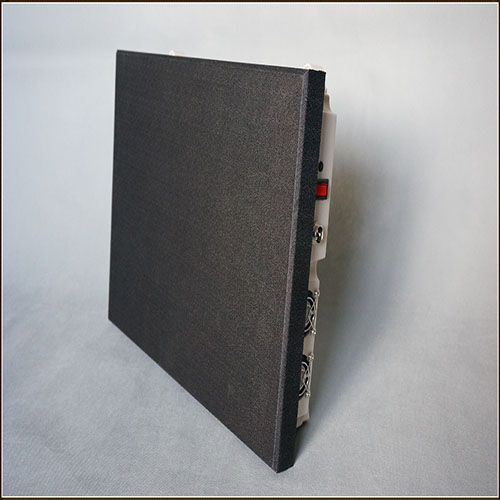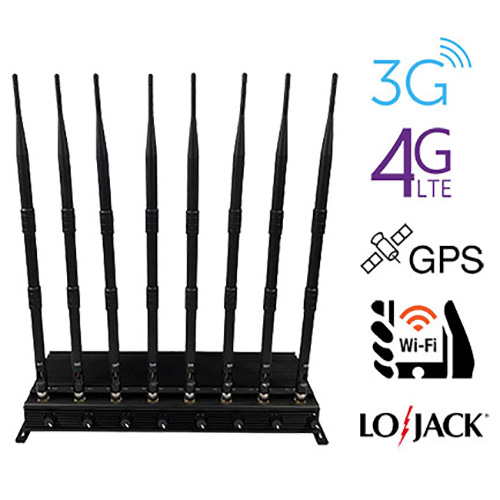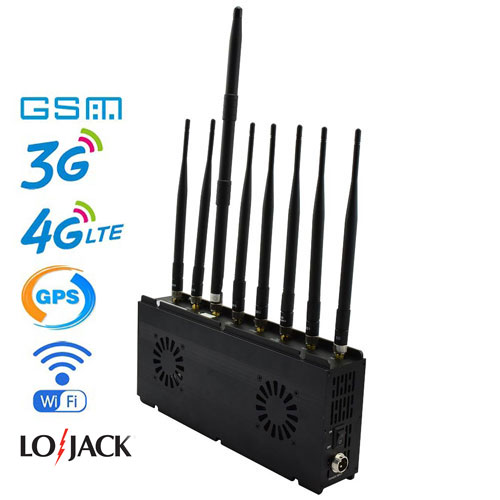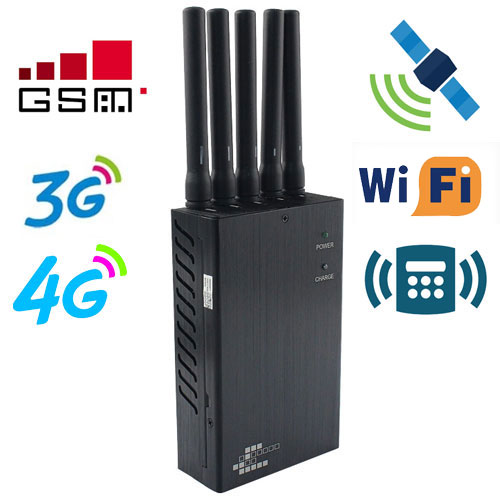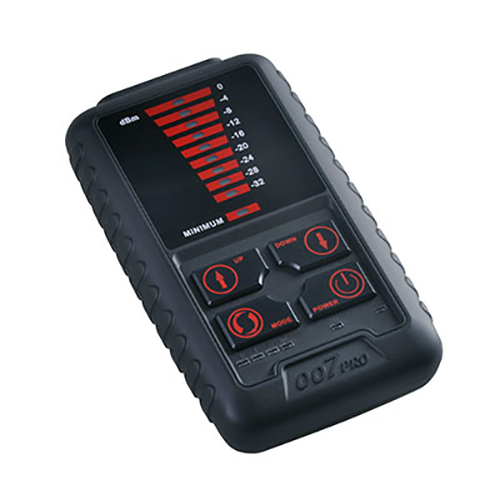From the construction of offshore wind farms and dredging ports to marine surveying and the laying of underwater cables, GPS receivers have established themselves as a critical element in many offshore and nearshore applications. Downtime in GPS tracking at sea can be dangerous and costly. GPS downtime is increasingly attributed to malfunctions.
The location of a chirp jammer in the car on Shelter Island that was used to simulate the effects of GPS interference on San Diego Bay. GPS signals are transmitted at power equivalent to that of a standard lightbulb. They are expected to travel more than 20,000 km and still be suitable for high-precision position calculations. In most cases, the signals arrive relatively intact, but can hardly be distinguished from the thermal background noise and can be ducks for any passing interferer.
Maritime applications are increasingly using high-precision positioning such as RTK and PPP, which not only use the code information modulated onto the signals, but also the phase of the signal itself. In the presence of interference, these phase-based modes suffer first.
The use of GPS signal jammer is strictly prohibited, but their effects can be assessed using a GPS simulator. Using the example of the port of San Diego, a simulator was programmed to generate the GPS signals that a receiver on a boat would see at that location. The interference of the GPS signals was mimicked by mixing the simulator signal with that of a jammer. With the jammer in the location shown in Figure 1 and the GPS receiver on a boat near the bay, the effect of interference across the bay could be extrapolated using standard models for the propagation of radio waves.

The results in Figure 2 show that a small 10 mW chirp jammer without AIM + interference mitigation can turn off RTK positioning over several hundred meters. When AIM + is activated, the non-RTK zone in the immediate vicinity of the jammer is reduced to a few meters.
The effect of a 10 mW chirp jammer on GPS positioning in San Diego Bay with and without AIM + interference mitigation.
If you repeat the tests with a Continuous Wave Interferer (CW) of the same power, the results with AIM + are even more dramatic, as Figure 3 shows. Without AIM +, a CW interferer in the parking lot near the coast prevents RTK positioning or GPS positioning over a large part of the bay and extends several kilometers to the sea within sight of the jammer.
The effect of a 10 mW continuous jammer on GPS positioning in San Diego Bay with and without AIM + interference mitigation.
A comprehensive approach places interference issues in the foreground of the receiver design and incorporates them into every phase of signal processing. With the AsteRx4 OEM and AsteRx-U, the antenna signal is digitized immediately after filtering and automatically freed from interference using several adaptive band-stop filters.
Depending on the type of interference, the stop bandwidth is automatically set between a notch of a few kHz to 1 MHz in width. The notch filters are supplemented by an adaptive filter that can suppress more complex types of interference such as chirp jammers, frequency hopping signals from DME / TACAN devices, and powerful Inmarsat transmitters.

